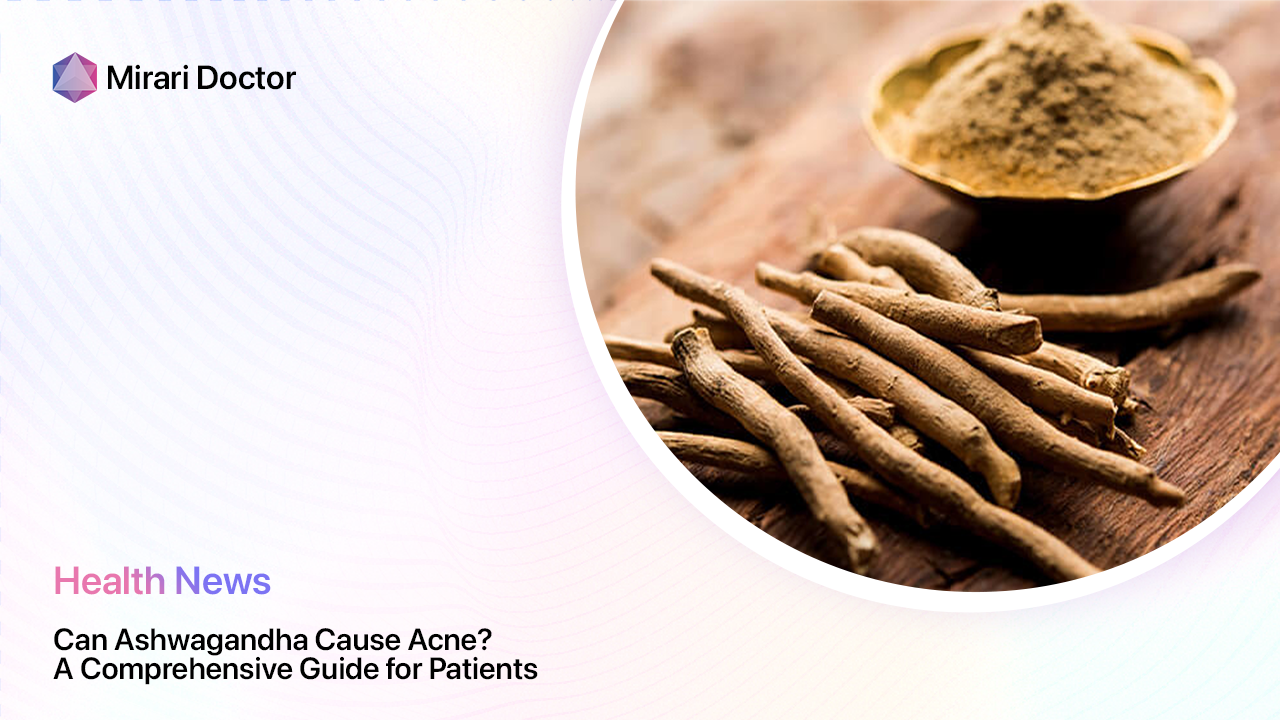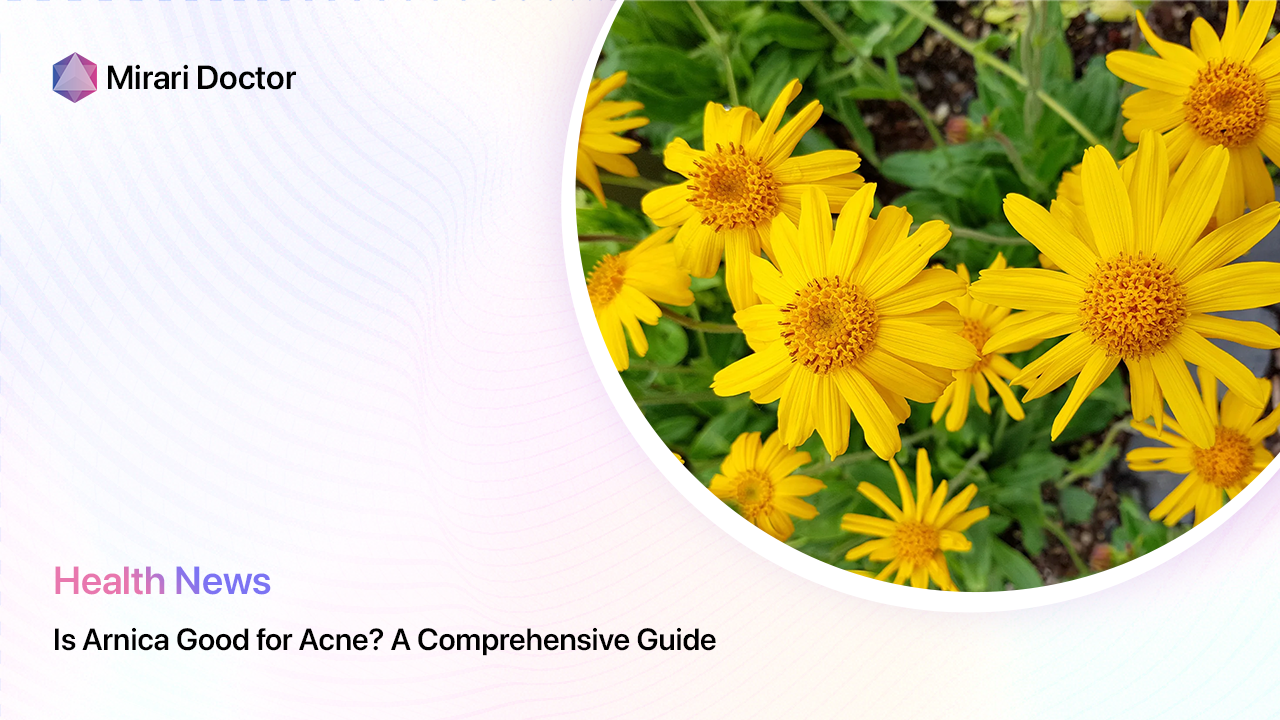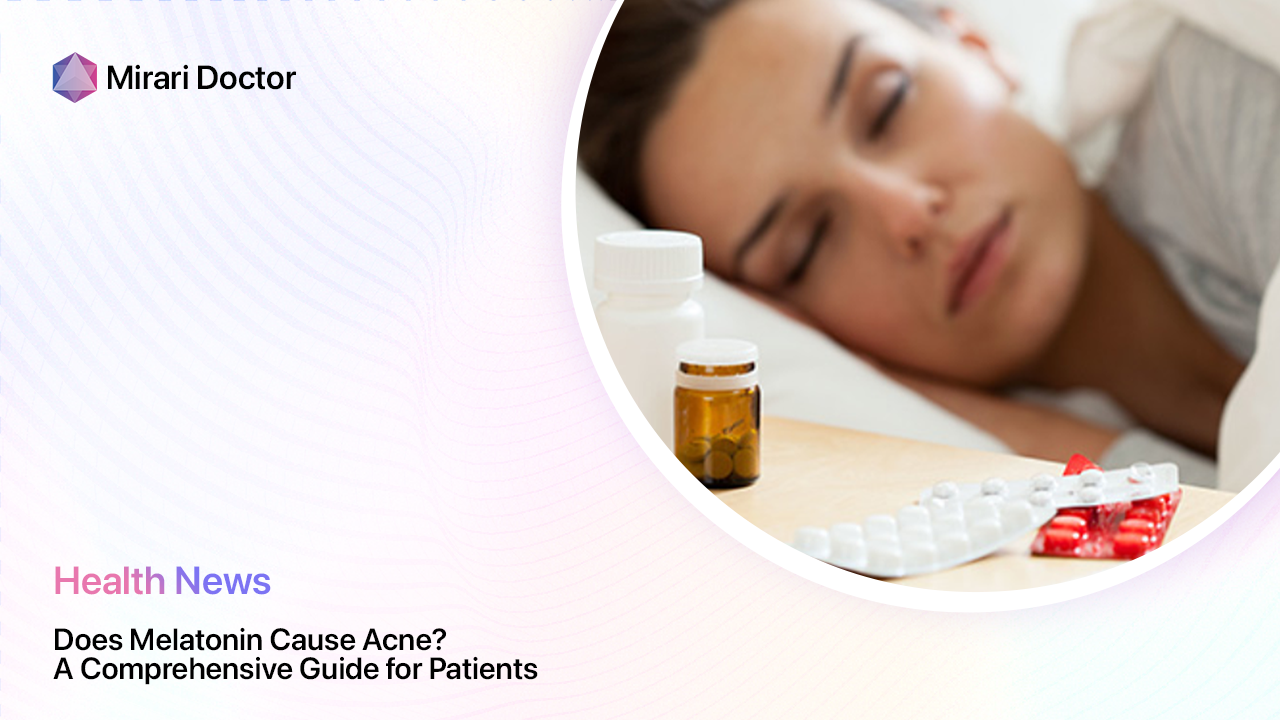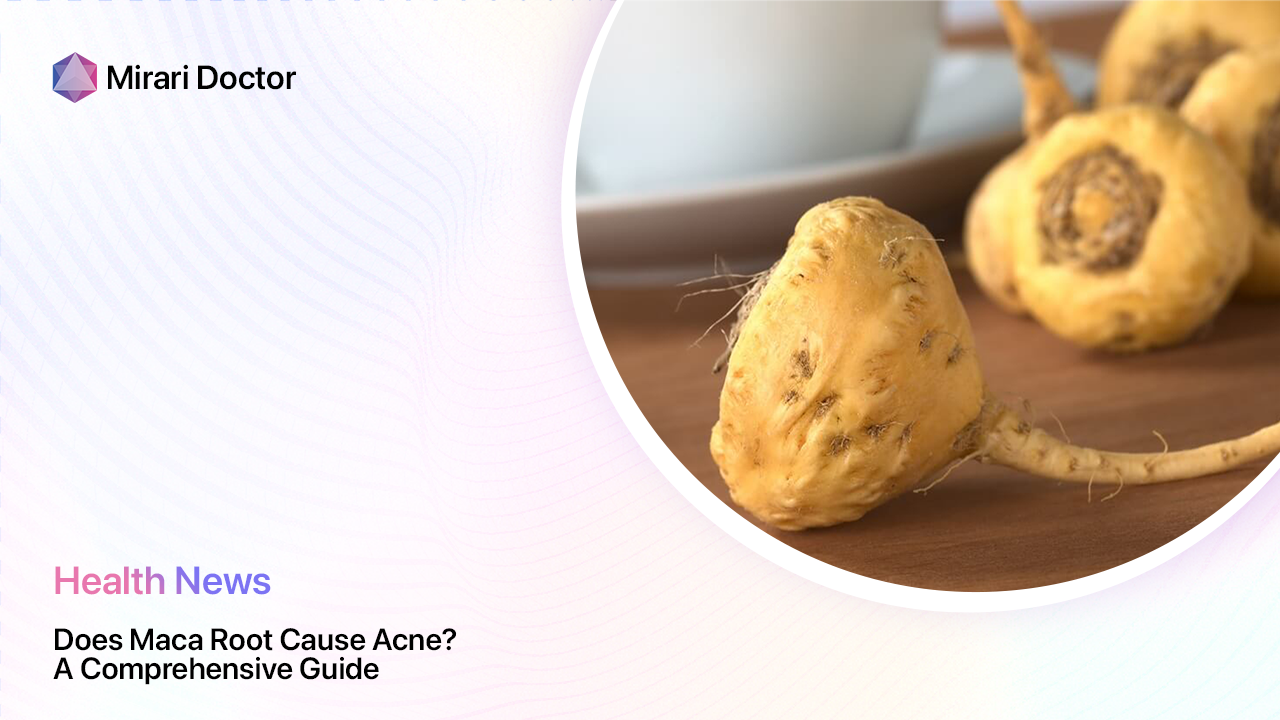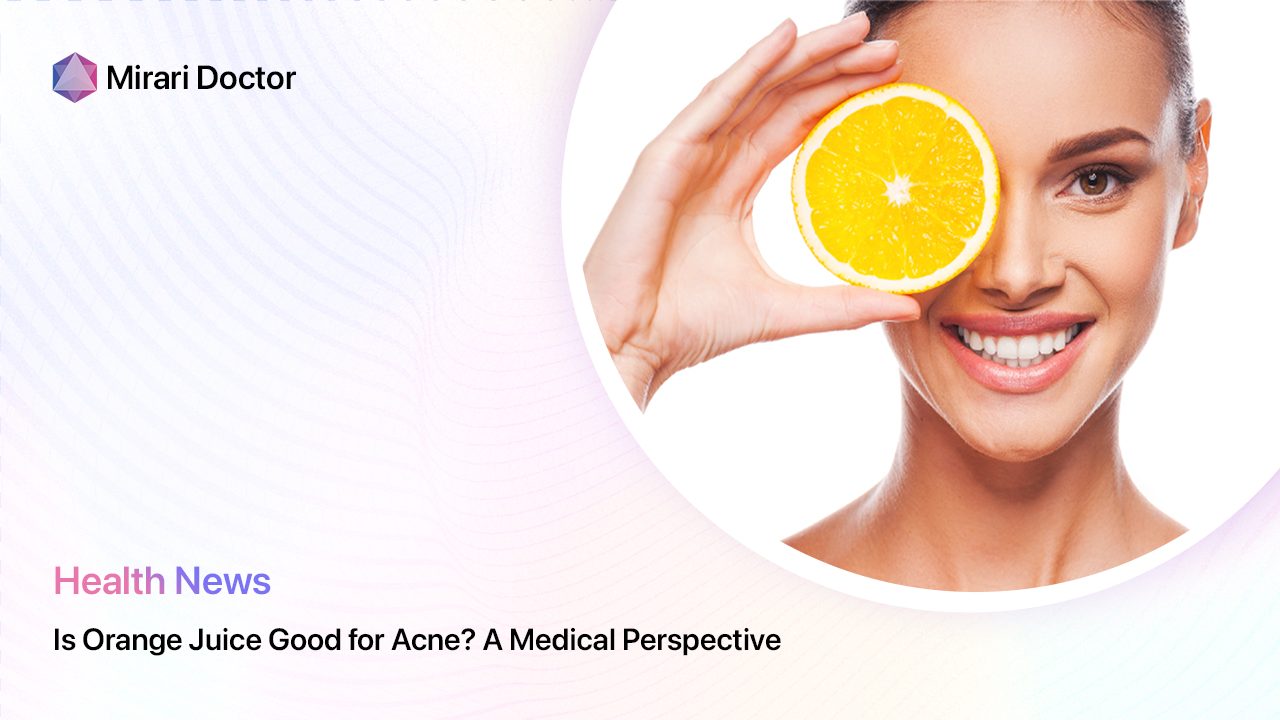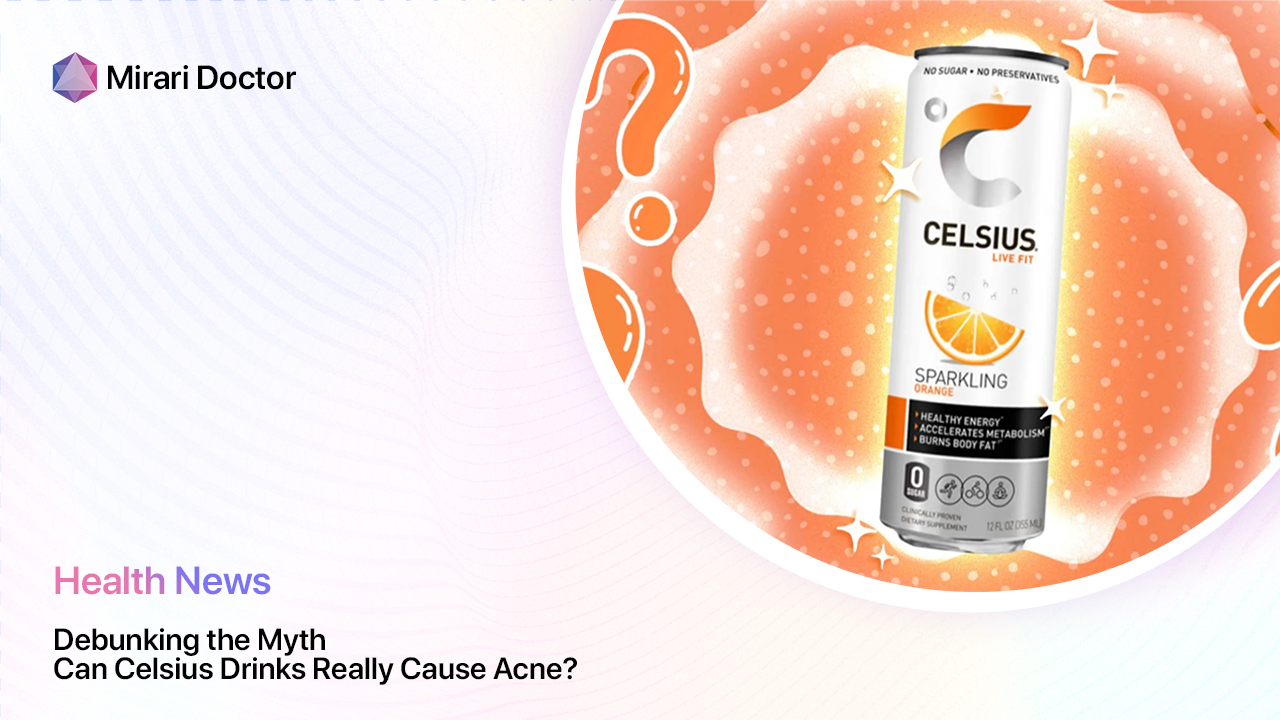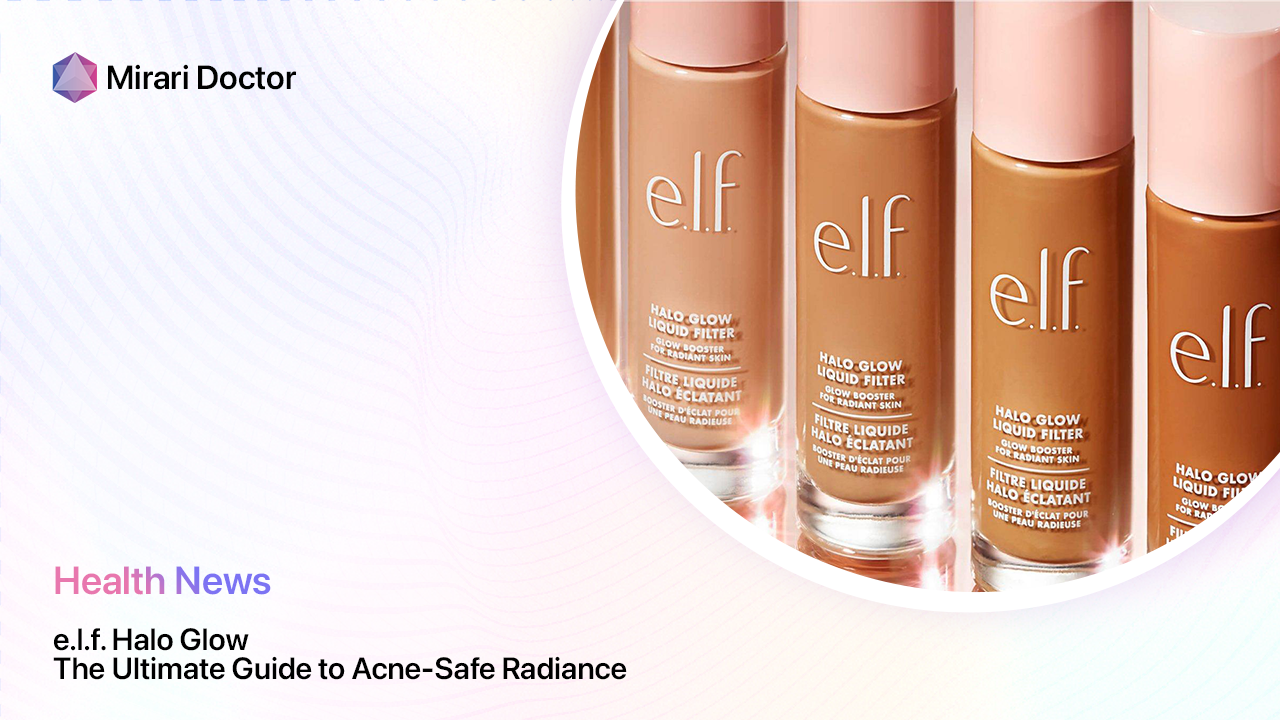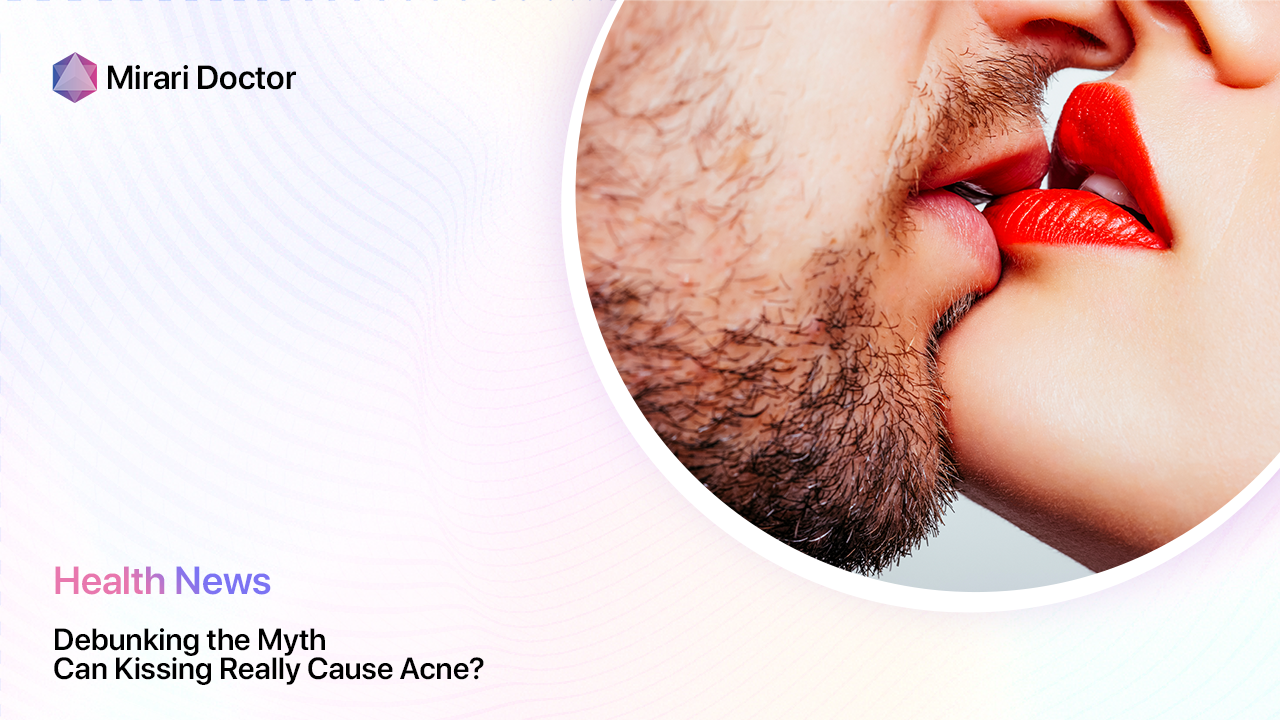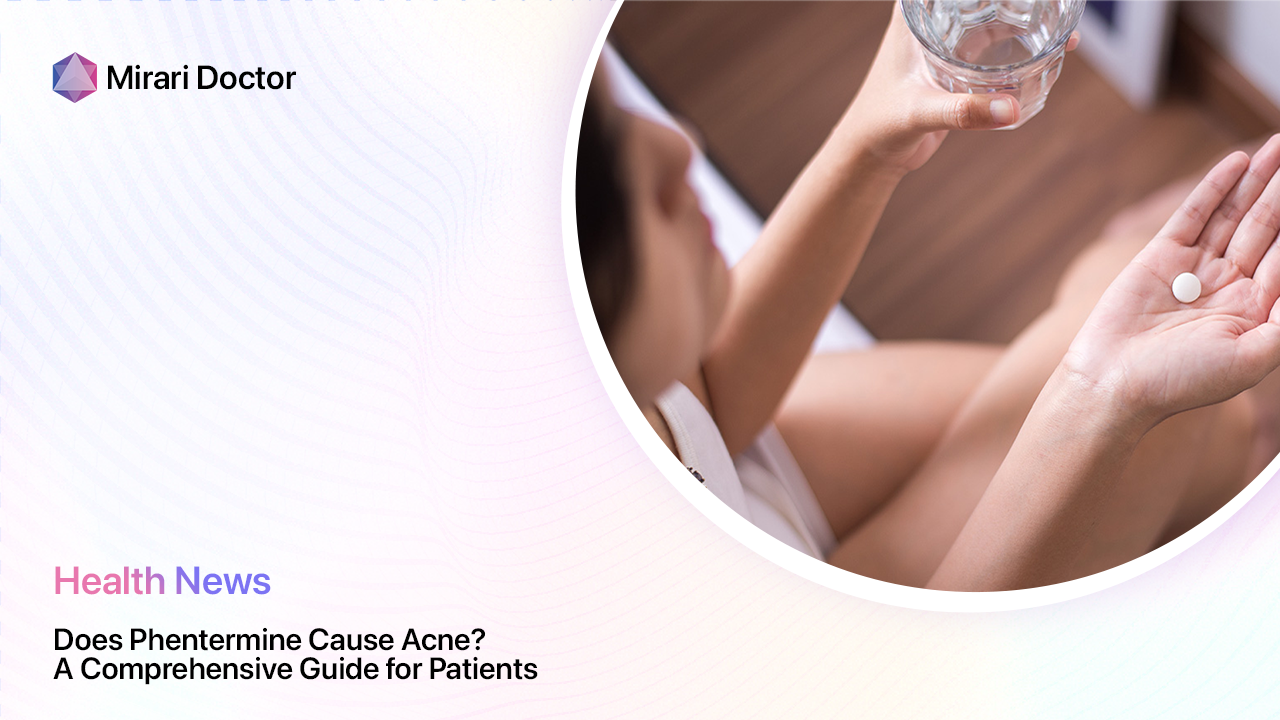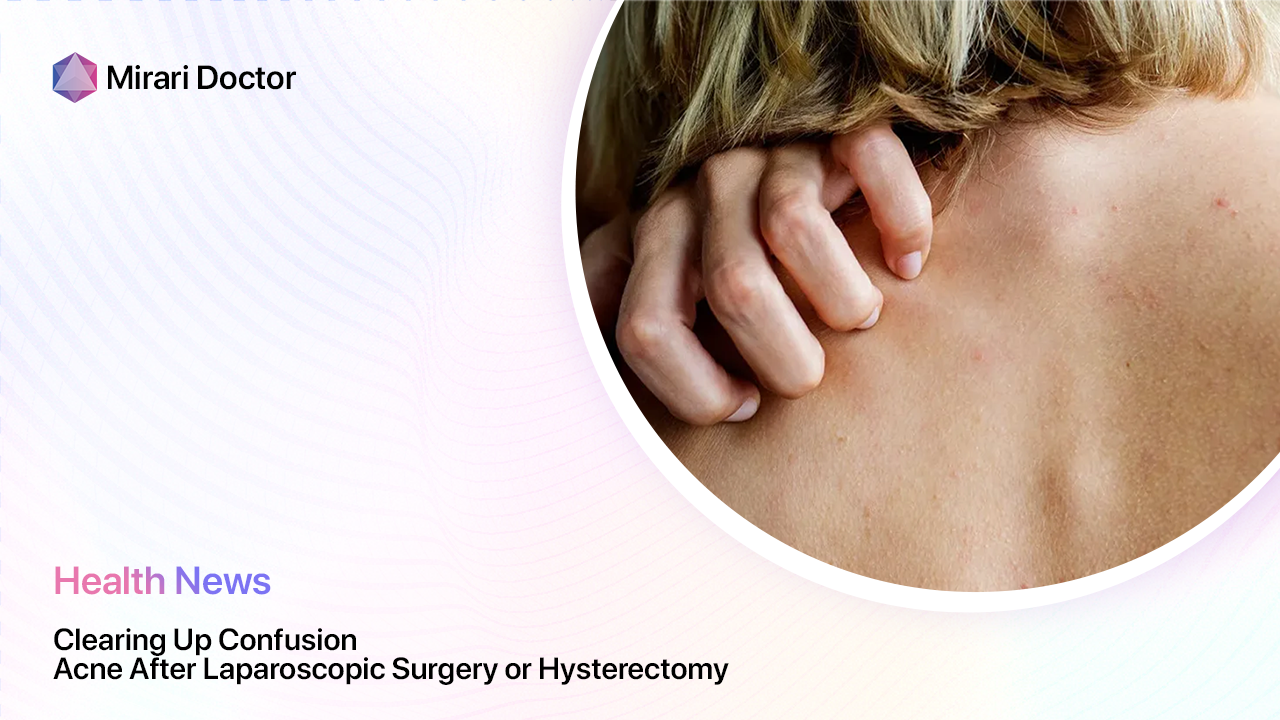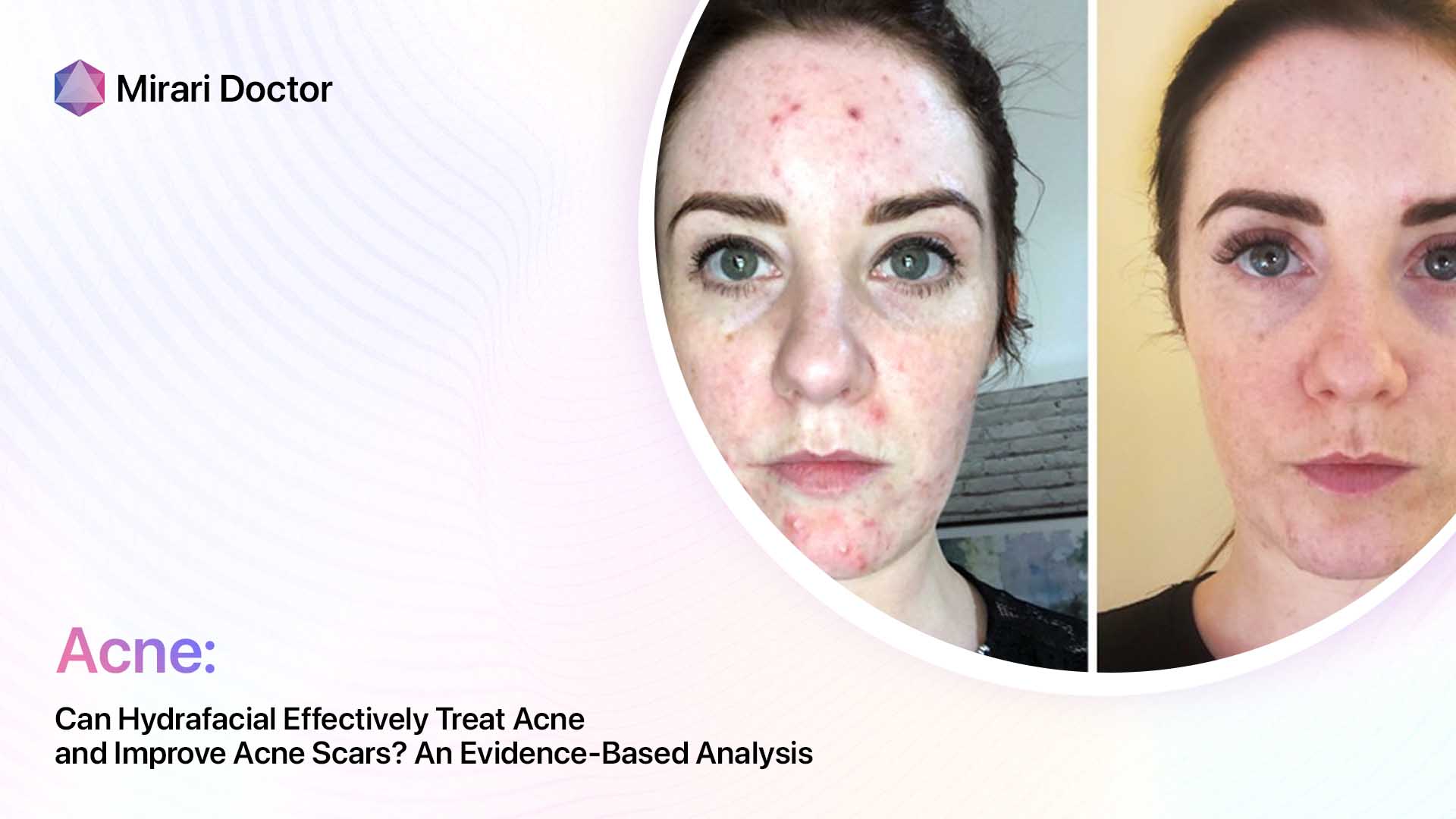
I provide an authoritative analysis on using Hydrafacial to address two common skin concerns: acne and acne scars. By reviewing clinical studies and real patient results, I aim to givereaders trusted insights into Hydrafacial’s capabilities and limitations for these conditions.
Overview: What is Hydrafacial and How Does it Work?
The Hydrafacial is a popular non-invasive facial that uses a device with serums and attachments to deeply cleanse, extract, and hydrate the skin. The multi-step treatment cleanses with glycolic and salicylic acids, then uses gentle suction to remove dead skin cells and embedded debris. Soothing peptides and antioxidants are infused to finish.
Hydrafacial aims to improve skin texture, tone, and radiance. It also claims to minimize pores, smooth fine lines, and help treat breakouts. Here, we analyze if clinical evidence and real-world results support using Hydrafacial to specifically target acne and acne scarring.
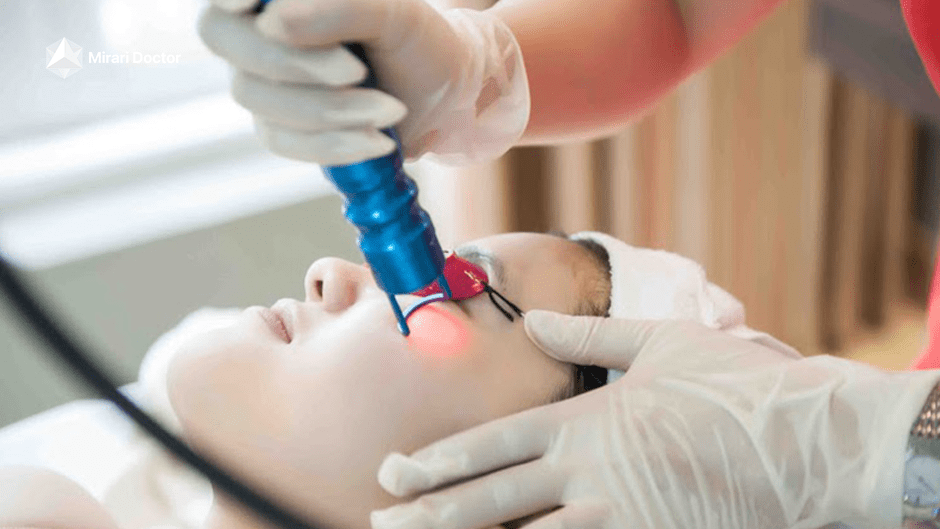
Analyzing Hydrafacial’s Capabilities for Managing Acne
For those struggling with inflammatory or non-inflammatory acne breakouts, could Hydrafacial be an effective treatment option? Below we assess what the research says.
Clinical Trials Show Modest Improvements in Acne Severity
Few studies have specifically investigated Hydrafacial’s impact on acne, but early evidence is promising:
- A 2016 split-face study on 20 acne patients found 4 weeks of weekly Hydrafacial reduced inflammatory lesions better than standard cleansing.
- Another split-face trial in 2018 showed Hydrafacial performed every 2 weeks for 8 weeks improved non-inflammatory acne better than no treatment.
- Participants anecdotally reported improvements in oily skin and clogged pores as well.
So while not dramatic, early clinical data suggests Hydrafacial may modestly improve breakouts, particularly non-inflammatory acne.
Anecdotal Reviews Show Greater Improvements in Acne for Some Patients
While clinical trials had modest reductions in acne, patient testimonials show more significant improvements:
- Patients with mild to moderate inflammatory breakouts report fewer pimples and cysts after 1-2 months of regular Hydrafacial treatments.
- Those struggling with clogged pores and blackheads say extracts pulled from the skin during the treatment help decongest and minimize pores.
- Patients mention the deeply cleansing action helps control oil production and treat acne triggers like bacteria overgrowth.
For some acne sufferers, Hydrafacial brings noticeable relief few clinical studies have replicated yet. More research is still needed.
Evidence for Hydrafacial Improving Acne Scars
With data supporting Hydrafacial for acne itself, what does research show for addressing acne scars? Here we review early findings.
Glycolic Acid in Hydrafacial Can Help Superficial Acne Scars
The Hydrafacial uses glycolic acid, an alpha hydroxy acid (AHA), to exfoliate and resurface the skin. By removing damaged outer layers, AHAs can improve superficial acne scars over time.
Mild at-home AHA peels often take months to show scar changes. The concentrated glycolic acid in Hydrafacial works faster, but still requires multiple treatments. Even then, changes to deeper scars are unlikely.
So for mild rolling or textural acne scars, Hydrafacial may help but needs consistency. Plus other treatments target indented scars better.
Anecdotal Reviews Show Some Improvement in Acne Scar Appearance
Self-reported reviews from acne scar patients further demonstrate Hydrafacial’s capabilities:
- Many mention improved skin texture, tone, and brightness after 4-6 sessions, though dramatic changes take 8-12.
- Patients note shallow boxcar and rolling scars look smoother and less noticeable. Ice pick scars remain largely unchanged.
- Some acne scar patients do weekly or bi-weekly maintenance Hydrafacials after finishing an initial treatment series.
Like glycolic studies, patient experiences align that Hydrafacial can positively impact superficial acne scarring but has limits with deep indentations.
Should Hydrafacial Be Combined With Other Acne Scar Treatments?
For moderate or severe acne scarring, most cosmetic dermatologists recommend combining treatments for optimal improvement.
Though unlikely to dramatically improve pitted scarring on its own, Hydrafacial is a nice complement to:
- Subcision or microneedling to release fibrotic scar bands
- Bellafill, laser, or radiofrequency skin resurfacing to smooth and remodel
- Dermal fillers to plump depressed scars
Some practitioners even do fractional laser treatments immediately following Hydrafacials while skin is most permeable.
So while not a frontline treatment for ice pick, boxcar, or rolling scars by itself, Hydrafacial still brings superficial exfoliation and infusion benefits that support other modalities.
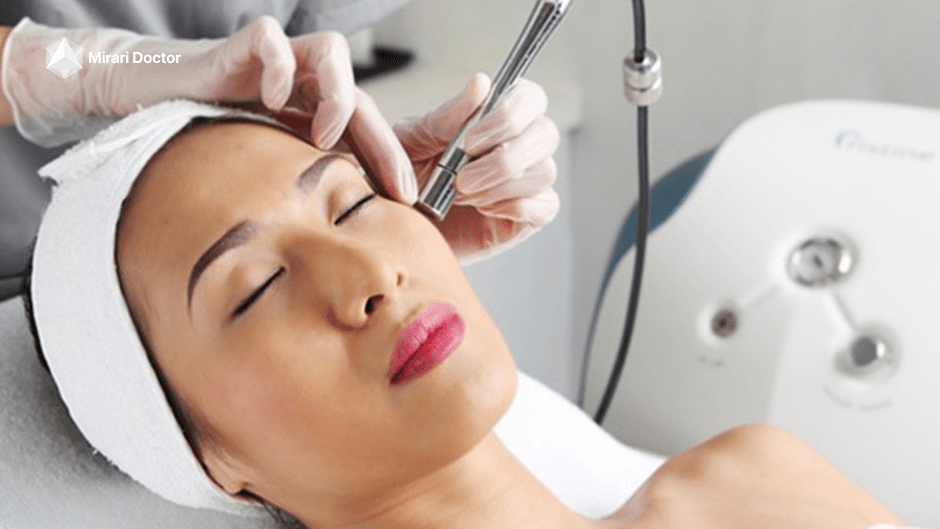
What Do Before and After Photos Show from Hydrafacial for Acne and Scarring?
Before and after images provide further real-world evidence on Hydrafacial’s impact for acne and associated scarring:
Acne Results
- Patients with moderate inflammatory acne show reductions in papules and pustules after 6 weekly sessions.
- Images display cleared congestion and blackheads after extractive Hydrafacial treatments.
- Photos showcase maintained clear skin after monthly maintenance sessions following the initial 6-week protocol.
Acne Scar Improvements
- Smoother skin texture and tone is noticeable after an acne scar treatment series.
- Shallower rolling and boxcar scars do appear less noticeable in side-by-sides. Minimal change is seen with deeper scars.
- Patients continuing maintenance Hydrafacials display prolonged improvements in scar appearance and skin brightness.
So while not miraculous for either condition, before and afters confirm Hydrafacial can bring moderate acne and mild scar improvements for the right candidates.
Who is the Best Candidate for Using Hydrafacial to Treat Acne or Scarring?
After reviewing the medical evidence and patient cases, the ideal Hydrafacial candidate is someone with:
- Mild to moderate inflammatory acne
- Non-inflammatory breakouts like whiteheads or blackheads
- Mild atrophic acne scars like superficial rolling or boxcar scars
- Skin that tolerates glycolic acid well without sensitivity
- Realistic expectations on level of improvement
Hydrafacial can be beneficial for these patients and is supported by both research and tangible image results.
Conversely, those with highly inflamed cystic acne, deep ice pick or pitted scars, or easily sensitized skin may require alternative treatments.
What Results Can Be Expected from Hydrafacial for Acne and Scarring?
To set accurate expectations, here are reasonable improvements to expect from Hydrafacial:
Acne Changes
- 15-30% decrease in inflammatory pimples/cysts
- 25-40% reduction in non-inflammatory bumps
- Less oiliness by end of treatment series
- Continued clear skin with monthly maintenance
Acne Scar Improvements
- 20-40% improvement in shallow rolling/boxcar scars
- Brighter, more even-toned skin
- Smoother skin texture
- No change to deeper pitted scars
Of course, exact results depend on your scar subtype and severity, along with treatment consistency. But in general, the above aligns with average patient outcomes.
Cost Breakdown: What Is the Price Per Hydrafacial Treatment?
Nationally, each Hydrafacial MD treatment ranges from $150-$350 per session without discounts. However, many medispas offer packages to reduce cost. Common ranges are:
- One session: $150-$250
- Six sessions: $750-$1500 total
- Ten sessions: $1200-$2500 total
So while not cheap especially initially, packages can drop single treatment pricing 20-30%. Maintenance plans often start at $99-$150 per month after completing an intro series.
When factoring potential acne and scar improvements compared to more invasive options, Hydrafacial is reasonably affordable for most. Just ensure to find an experienced provider for best results.
FAQs: Common Hydrafacial for Acne and Acne Scar Questions
Still have additional questions about using Hydrafacial to treat acne blemishes and associated scarring? Below I answer patients’ most frequently asked questions.
How many Hydrafacial treatments are needed to see acne improvements?
For inflammatory acne, positive changes emerge around 3-4 weekly treatments. But consistent breakouts require 6-8 initial sessions, then monthly maintenance. Non-inflammatory acne like blackheads require fewer (3-6) since extracted debris provides immediate improvement.
Does Hydrafacial help pitted acne scars?
Unfortunately, Hydrafacial alone does little for significantly indented scars like deep ice pick furrows. The intense exfoliation can’t penetrate deep enough to smooth severe pitting. Combination therapy is recommended instead.
Can Hydrafacial be combined with microneedling for acne scars?
Yes! Microneedling first helps break fibrotic bands deep under rolled or anchored scars. Hydrafacial can then better infuseCONDITION scar tissue with serums and extracts. Some offices perform the two treatments consecutively for maximum synergistic impact.
Is it okay to do Hydrafacial if I have active breakouts?
With proper extraction technique, Hydrafacial is safe for active inflammatory and non-inflammatory acne. Extractions must be done gently under pressure to avoid spreading infection. Post-treatment LED light can also heal blemishes. Performing Hydrafacial during breakouts does not make them worse.
How long do Hydrafacial results last for acne and acne scars?
For acne, initially clearer skin lasts around 3-4 weeks without maintenance sessions. Staying on a 1-2 month upkeep schedule is best for continued improvements. Smoother acne scar texture lasts longer – around 6-8 weeks before requiring touch-up. Consistent maintenance maximizes lasting scar changes.
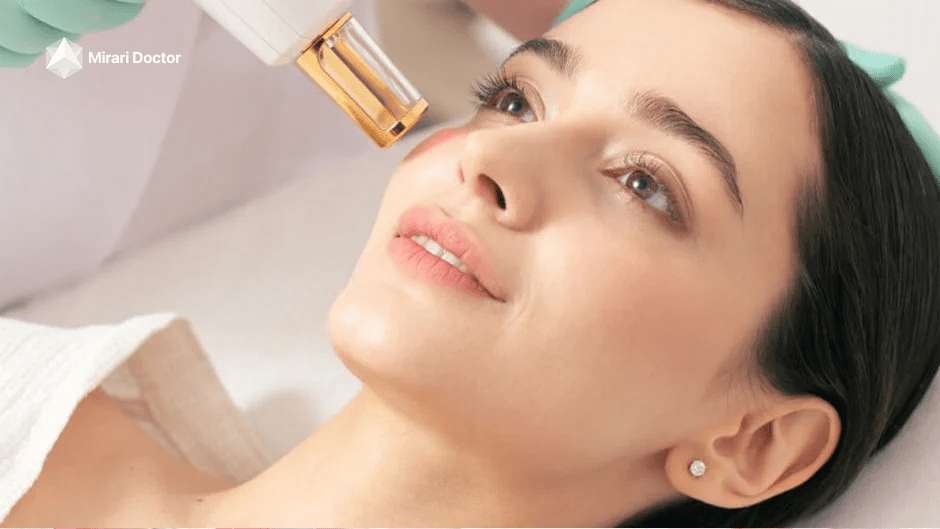
The Bottom Line: Who Should Consider Hydrafacial for Acne and Scarring?
While not a standalone fix for severe cystic acne nor deeply pitted scarring, Hydrafacial brings rejuvenating benefits that make it worthwhile for many patients.
Those struggling with mild inflammatory or non-inflammatory breakouts can expect modest but meaningful acne improvement. Plus monthly maintenance therapies promote lasting clear skin.
Patients specifically wanting to address acne scars should set expectations based on indent depth. For mild rolling or textural scars, Hydrafacial helps smooth and brighten skin to minimize scar noticeability. Those with deeper pitting need combination scar remodeling treatments but can use Hydrafacial concurrently to amplify overall improvement.
Just be sure to find an expert cosmetic dermatologist for care. To determine if Hydrafacial is appropriate to meet your acne or acne scar concerns, schedule a consultation today. With our decades of cosmetic procedure experience, we provide trusted guidance so patients feel fully confident moving forward with care.
Related articles
Made in USA


